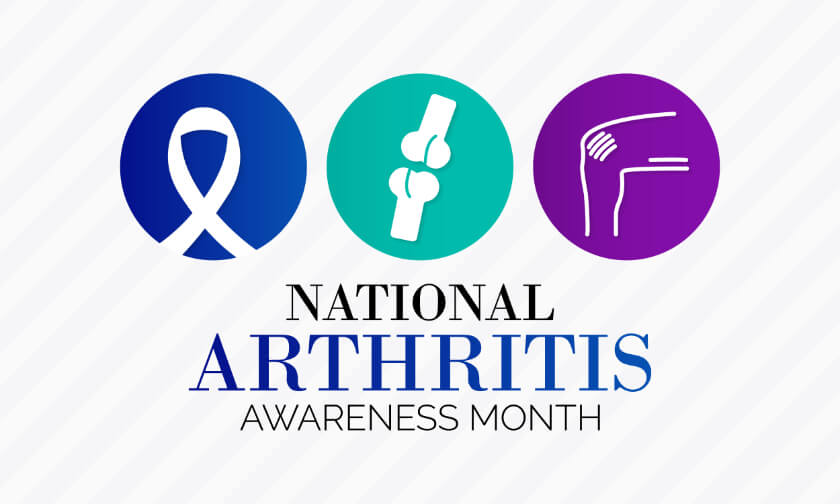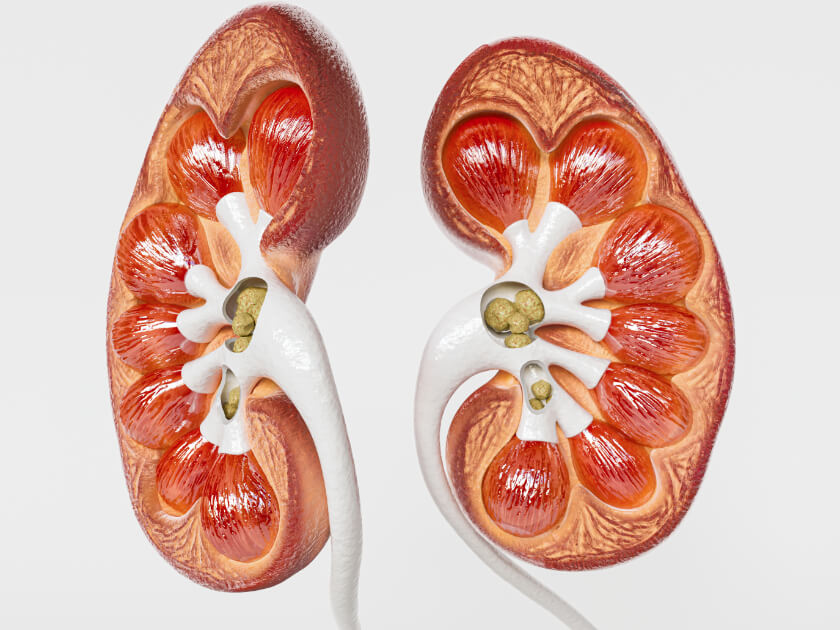
Doctors Increasingly Choose Ultrasound Over CT to Diagnose Appendicitis in Children

An accurate diagnosis is always important, but especially when it comes to diagnosing children with appendicitis. Doctors are now using switching up the technologies they use to make the diagnosis.
Appendicitis happens when the appendix becomes inflamed and filled with pus. Left untreated, the appendix can rupture and cause infection throughout the body. Doctors typically treat appendicitis with emergency abdominal surgery to remove the organ, known as appendectomy.
While it can occur at any age, appendicitis most commonly occurs between the ages of 5 and 45. In fact, appendicitis is the most common reason for emergency abdominal surgery in children. Doctors perform approximately 280,000 in the United States each year. Most of these appendectomies are performed as emergencies to avoid a ruptured appendix, which allows pus and stool to leak into the abdomen; inflammation from a ruptured appendix can make surgery difficult and result in prolonged fevers, pain and slow recovery.
The decision to perform an appendectomy does not come lightly, as any invasive procedure presents the risk of complications, so doctors must accurately diagnose appendicitis before they perform surgery. Above all, surgeons want to avoid “negative appendectomies,” in which they discover there is no appendicitis during the operation.
Doctors perform a number of tests, such as blood work and imaging, to diagnose appendicitis accurately and reduce the chances of negative appendectomies. Lab tests help doctors check for infection and rule out other conditions, including urinary tract infections and kidney stones, which can mimic appendicitis. They use imaging procedures, such as computed tomography (CT) and magnetic resonance imaging (MRI), to create detailed pictures of the appendix and other organs. In these images, an appendix with appendicitis looks large and swollen.
Doctors have been moving away from ordering x-rays, CTs, and other tests that use radiation to create images. Many now rely on ultrasounds to diagnose injuries and illnesses, including appendicitis. In fact, a new study shows that more doctors are ordering ultrasounds than CTs to diagnose appendicitis in children. The research shows that the shift towards ultrasounds has reduced the number of negative appendectomies and has provided a number of other benefits.
More Ultrasounds, Fewer CT Scans for Pediatric Appendicitis
A team of researchers from Texas Children’s Hospital and Cincinnati Children’s Hospital Medical Center looked at the utilization, or the number of times a CT or ultrasound was used to diagnose appendicitis in children, between 2004 and 2018. Doctors used CT scans to diagnose pediatric appendicitis about 57 percent of the time in 2004; utilization of CT dropped to about to 19 percent in 2018. The use of ultrasound skyrocketed from about 26 percent in 2004 to 63 percent by 2018. The use of MRI also rose over the study period, but only from 0.1 percent to 2.2 percent; the use of x-rays declined slightly from 16 percent to 15 percent.
The research team evaluated CT, ultrasound, MRI and x-rays from 32 children’s hospitals between 2004 and 2018. The scans were from 104,033 patients, ranging in age from newborns to 17 years old, who were suspected of having appendicitis. Scientific analysis showed that the negative appendectomy rate dipped slightly from 3.74 percent to 3.14 percent, which meant that fewer kids were undergoing unnecessary appendectomies.
The researchers were surprised that more doctors did not order MRIs if they were trying to reduce radiation, though, as MRIs use powerful magnets instead of radiation to create images. The authors of the study wrote, “If the diagnostic imaging strategy for pediatric acute appendicitis is being driven, or substantially influenced by, a desire to reduce ionizing radiation exposure, MRI should have been more widely adopted.”
The researchers suggest that doctors do not use MRI to diagnose pediatric appendicitis as often as they could because they lack the resources, their radiologists are not comfortable interpreting MRI results, or because ultrasound is fast and comfortable. This underscores the importance of using imaging provided by a team of medical diagnostic imaging professionals who have access to advanced technologies, are adept at interpreting results, and understand how to make all types of imaging comfortable and quick.
The shift towards ultrasound has also improved patient outcomes. Ultrasounds also help prevent negative appendectomies and unnecessary surgeries, for example. Undergoing ultrasound is also more comfortable, particularly for kids. CT involves lying in a tunnel-like machine, which can seem scary to children, while ultrasound involves rubbing a small handheld wand over the patient’s belly.
For more information about testing for appendicitis in children, consult with your doctor or radiologist. An experienced medical team can diagnose pediatric appendicitis and other medical problems accurately to reduce the risk of untreated problems and negative appendectomies while improving patient outcomes.




